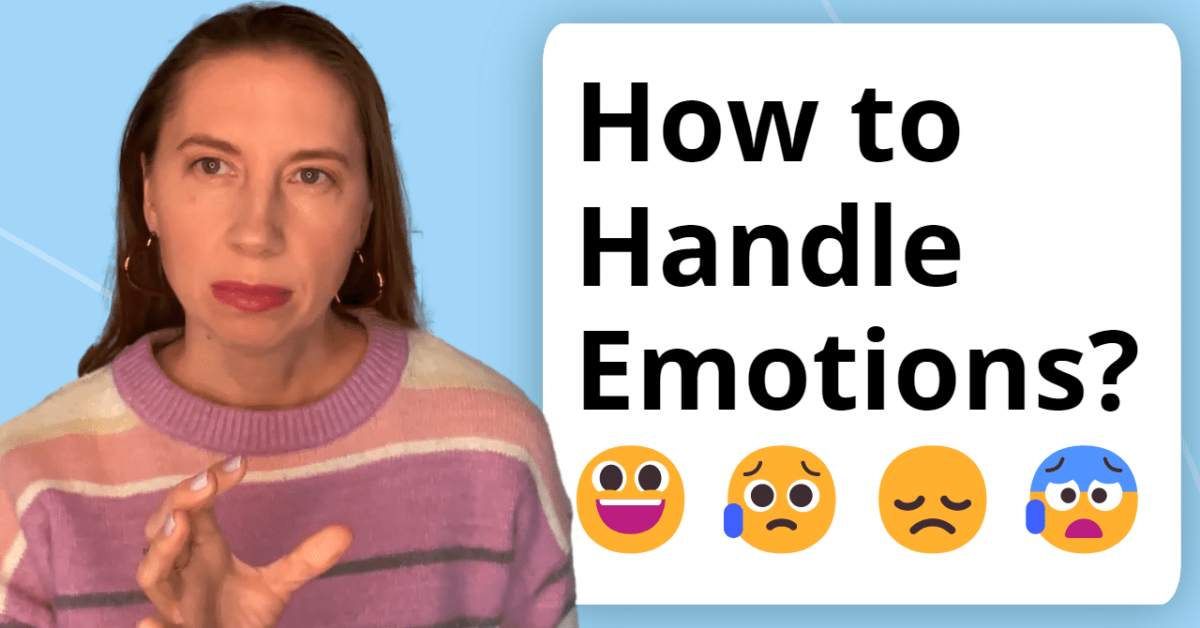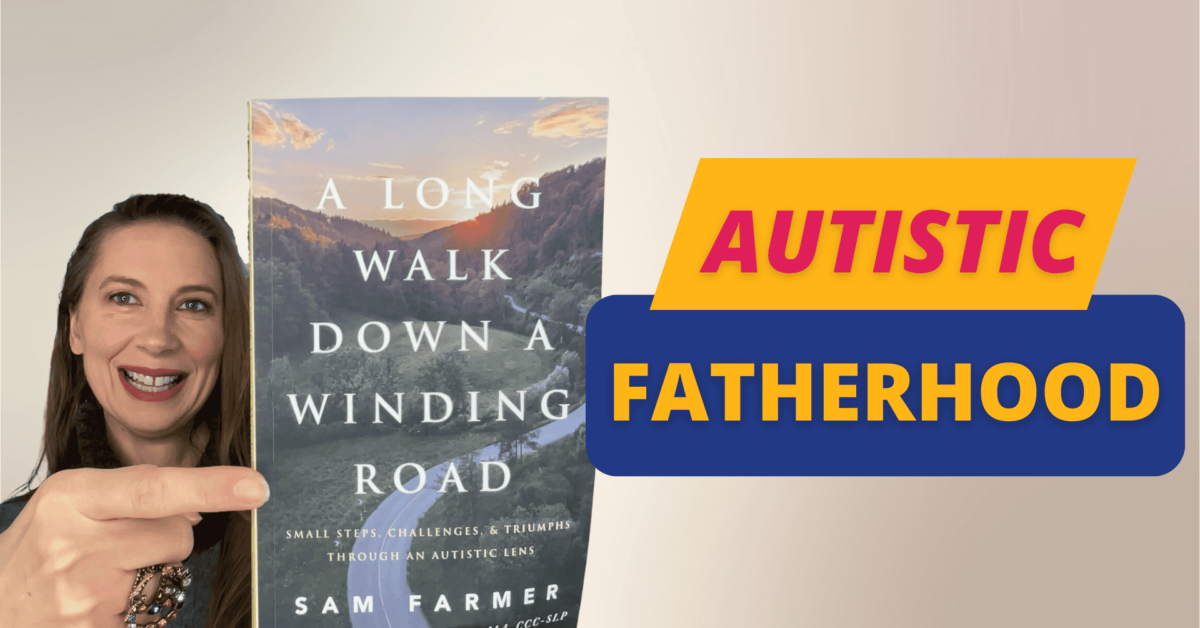Does your child have a stim that you want to redirect?
Do they get annoyed or irritated and you’re like, “Ah! I wish you were just…” Well, then there’s a book that you might really enjoy. I use this book for both children and parents as well as myself.
Everyone’s emotions can get a little wild every once in a while. Nothing wrong with that. It is for ages three and up. But there’s no end age that should not use this 🙂
As children get better, parents themselves will actually feel different and there will be different emotions that will come up for them. So this is good for both the child and the parent. And I use it too!
Let’s first see how to use this book with a child.
This is a really good tool if your child has certain behavioral stims that they use that might be destructive or concerning. So let’s go through angry, right? Let’s say your child’s angry. This is a great flipbook and we have the picture “Angry”. It shows, feeling very upset. And then on the back side, it shows “When I’m feeling angry…” and it gives options. And this is the great thing. No one wants to be told how to behave when they’re angry. Nobody.
They want to choose how to express their feelings. So it’s great.
- I can count to ten,
- I can talk to a friend or adult,
- I can walk away
- Blank – I love this one because it’s blank – I can figure out what you want to do when you’re angry as the child or as the parent.
And it helps us work with our emotions. So when your child’s angry, maybe “I can stomp my feet!” instead of taking the iPad and throwing it, right? So throwing iPad is not an option here. Everyone wants to be presented with choices. So when you’re teaching someone to really work with their emotions, this flipbook is really great because it helps them identify their emotions and then what is it that they want to do with those emotions.
That’s a common emotion our children might feel. How about worried or impatient? Let’s do impatient. Because our children can be impatient and we can be impatient too, right? So if we’re impatient, “Oh, we should be further along in this autism journey than we are.” And “why isn’t this resolved?” And “Why isn’t that…” Impatient? Right? So impatient, great face there, not wanting to wait for someone or something. So what are the options when you’re impatient?
- I can count to ten
- I can take a deep breath
- I can do some jumping jacks
- I can listen to some music
- I can write in my journal. That is an absolutely great one.
- And again, there’s a blank
So when your child is impatient, these are great, but as an adult, when you’re impatient, right, writing in your journal would be wonderful rather than looking at your child and getting angry because oh man, there’s so much more we have to do. Right?
You’re impatient and then that becomes anger. Now you’re going in the wrong direction. If you’re impatient and you write in your journal, you can soften those feelings and get to a place where your impatience actually feels good. I really like this split book. I think it is a great tool to have for your child or even yourself.
There are many times when I’m like Ahhhh! And I just I need options. And I actually find that it’s quite fun to do together as a parent and the child and your child will likely respect you for working on your feelings just like they have to. And it’s a really different but fun way to bond. Here’s the link if you’d like to buy it, but this is certainly something you can make yourself if you don’t feel like you have to buy it.
You can also talk to your child’s teacher or therapist and make something like this. The important part is identifying the feeling and then making a choice as to what the person wants to do to move out of that feeling and into something better.
Not necessarily perfect, right? But you just want to keep those emotions going in a positive direction.




